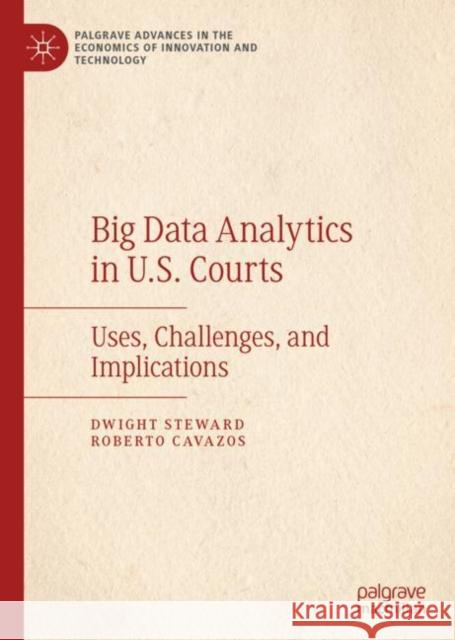Big Data Analytics in U.S. Courts: Uses, Challenges, and Implications » książka
topmenu
Big Data Analytics in U.S. Courts: Uses, Challenges, and Implications
ISBN-13: 9783030317799 / Angielski / Twarda / 2019 / 86 str.
Kategorie:
Kategorie BISAC:
Wydawca:
Palgrave Pivot
Seria wydawnicza:
Język:
Angielski
ISBN-13:
9783030317799
Rok wydania:
2019
Wydanie:
2019
Numer serii:
000801055
Ilość stron:
86
Waga:
0.27 kg
Wymiary:
21.01 x 14.81 x 0.64
Oprawa:
Twarda
Wolumenów:
01
Dodatkowe informacje:
Wydanie ilustrowane











